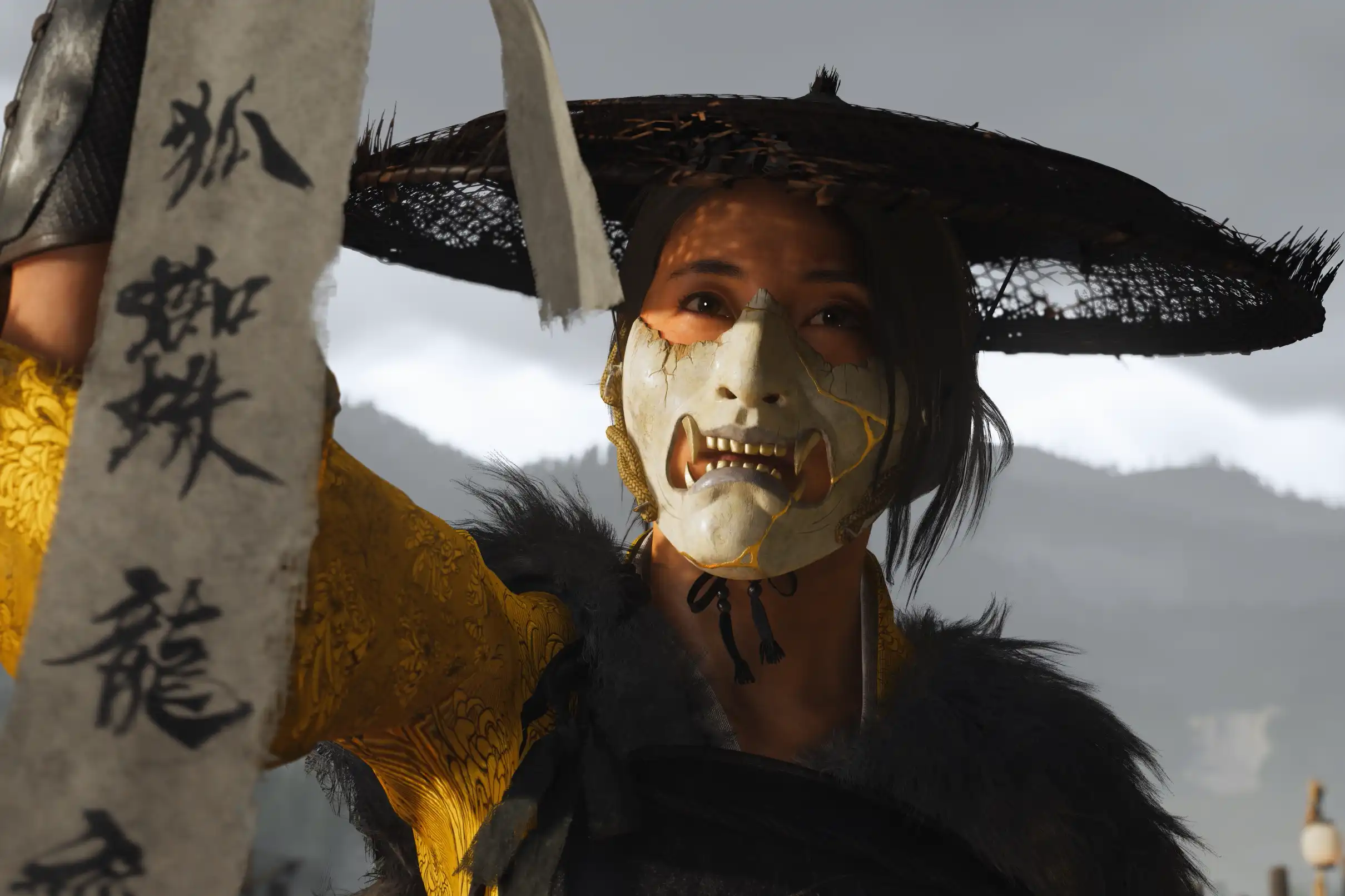Sucker Punch’s Ghost of Tsushima, released in 2020, earned praise for its vivid portrayal of historical Japan. The upcoming Ghost of Yotei seeks to continue this legacy, with the game’s director emphasizing a deep commitment to cultural authenticity. Extensive research and collaboration with cultural advisors are central to crafting a respectful representation of Japan’s heritage, ensuring the game resonates with players while honoring its setting.
A Shift to Hokkaido’s Rugged Landscape
Unlike its predecessor, which followed Jin Sakai’s defense of Tsushima against a Mongol invasion in the 13th century, Ghost of Yotei transports players to 1603 in Ezo, now known as Hokkaido, Japan’s northernmost main island. The story centers on Atsu, a female warrior driven by vengeance against outlaws who killed her family. This new setting and protagonist offer a fresh perspective, blending historical elements with a gripping narrative.
Drawing Inspiration from Japanese Cinema
Ghost of Tsushima paid tribute to samurai films, notably through its black-and-white “Kurosawa mode,” inspired by the legendary director Akira Kurosawa. Ghost of Yotei may take cues from Japan’s cinematic tradition of fierce female warriors seeking retribution, such as those seen in classic revenge-driven stories. This approach could infuse the game with a cinematic flair, appealing to fans of both gaming and Japanese storytelling.
Research as the Heart of Authenticity
The development team’s trips to Japan have been pivotal in shaping Ghost of Yotei. The director highlighted how these’immersive visits sparked inspiration, with team members returning eager to weave authenticity into the game’s fictional world. By immersing themselves in Hokkaido’s landscapes, the developers aim to capture the essence of the region, creating environments that feel true to its spirit while crafting an original narrative.
Balancing Artistry and Historical Flair
Ghost of Tsushima struck a balance between historical accuracy and artistic license, prioritizing an engaging experience over strict adherence to facts. For instance, it depicted samurai wielding katanas, a nod to later centuries and pop culture, despite 13th-century samurai primarily using bows. Similarly, the game allowed Jin to compose haiku, a poetic form that emerged centuries later, to enhance accessibility. The inclusion of all four seasons, including heavy snow uncommon in subtropical Tsushima, created a visually stunning journey through Japan’s iconic seasonal imagery, from cherry blossoms to autumn leaves.
Ghost of Yotei is poised to adopt a similar approach, blending researched details with creative choices to craft an immersive experience. The director noted that the team’s goal is to deliver entertainment inspired by period drama, not a historical textbook, ensuring the game appeals to a broad audience while maintaining a respectful tone.
Hokkaido’s Beauty and Challenges
The choice of Hokkaido as Ghost of Yotei’s setting was driven by its striking landscapes, which the director described as a blend of breathtaking beauty and inherent danger, exemplified by the bears of Shiretoko National Park. In 1603, Hokkaido was a sparsely populated, rugged frontier, aligning with Atsu’s tale of relentless vengeance, where locals perceive her as a demon. However, the game’s depiction of Hokkaido’s indigenous Ainu people and their complex history with Japanese colonization remains unaddressed in official details, posing a delicate challenge for the developers to handle sensitively.
A Legacy of Cultural Impact
Ghost of Tsushima was warmly received in Japan, earning high scores from gaming media and accolades at industry awards. Its popularity boosted tourism to the real Tsushima, with the game’s creators recognized as cultural ambassadors for spotlighting the island’s history. Ghost of Yotei has the potential to similarly elevate interest in Hokkaido, though visitors should plan carefully to avoid mishaps like those of unprepared travelers in the region.
Read more news on this and other topics here.
